Publications
Books
 The Open Society as an Enemy.
LSE Press (2024).
The Open Society as an Enemy.
LSE Press (2024).
Description: I argue that the concept of the Open Society, once seen as a largely unconditional good during the period of the Cold War, has undergone a curious “inversion of values” in contemporary public discourse. In this book, I examine four aspects of the open society and their interrelations: open borders and free movement of people, informational transparency and privacy, free exchange of ideas, and polarization and tribalism in modern society.
A central thesis is that aspects now framed as "good" in public discourse, such as informational transparency, often curtail individual freedoms by increasing the power of organizations or governments. Conversely, aspects now framed as "bad," such as open borders, could enhance individual freedoms if appropriately enacted. However, I qualify this claim, acknowledging that some aspects of the Open Society can be developed to mitigate the identified threats, and that reasonable people may disagree on the extent to which certain aspects constitute a threat or provide a benefit. The book aims to rehabilitate the concept of the Open Society, helping readers appreciate which aspects are worth preserving and which need to be curtailed to support human freedoms, personal autonomy, and create a society worth living in.
 Evolutionary Game Theory.
Cambridge University Press (2023).
Evolutionary Game Theory.
Cambridge University Press (2023).
Description: Evolutionary game theory originated in population biology from the realisation that frequency-dependent fitness introduced a strategic element into evolution. Since its development, evolutionary game theory has been adopted by many social scientists, and philosophers, to analyse interdependent decision problems played by boundedly rational individuals. Its study has led to theoretical innovations of great interest for the biological and social sciences. For example, theorists have developed a number of dynamical models which can be used to study how populations of interacting individuals change their behaviours over time. In this introduction, this Element covers the two main approaches to evolutionary game theory: the static analysis of evolutionary stability concepts, and the study of dynamical models, their convergence behaviour and rest points. This Element also explores the many fascinating, and complex, connections between the two approaches.
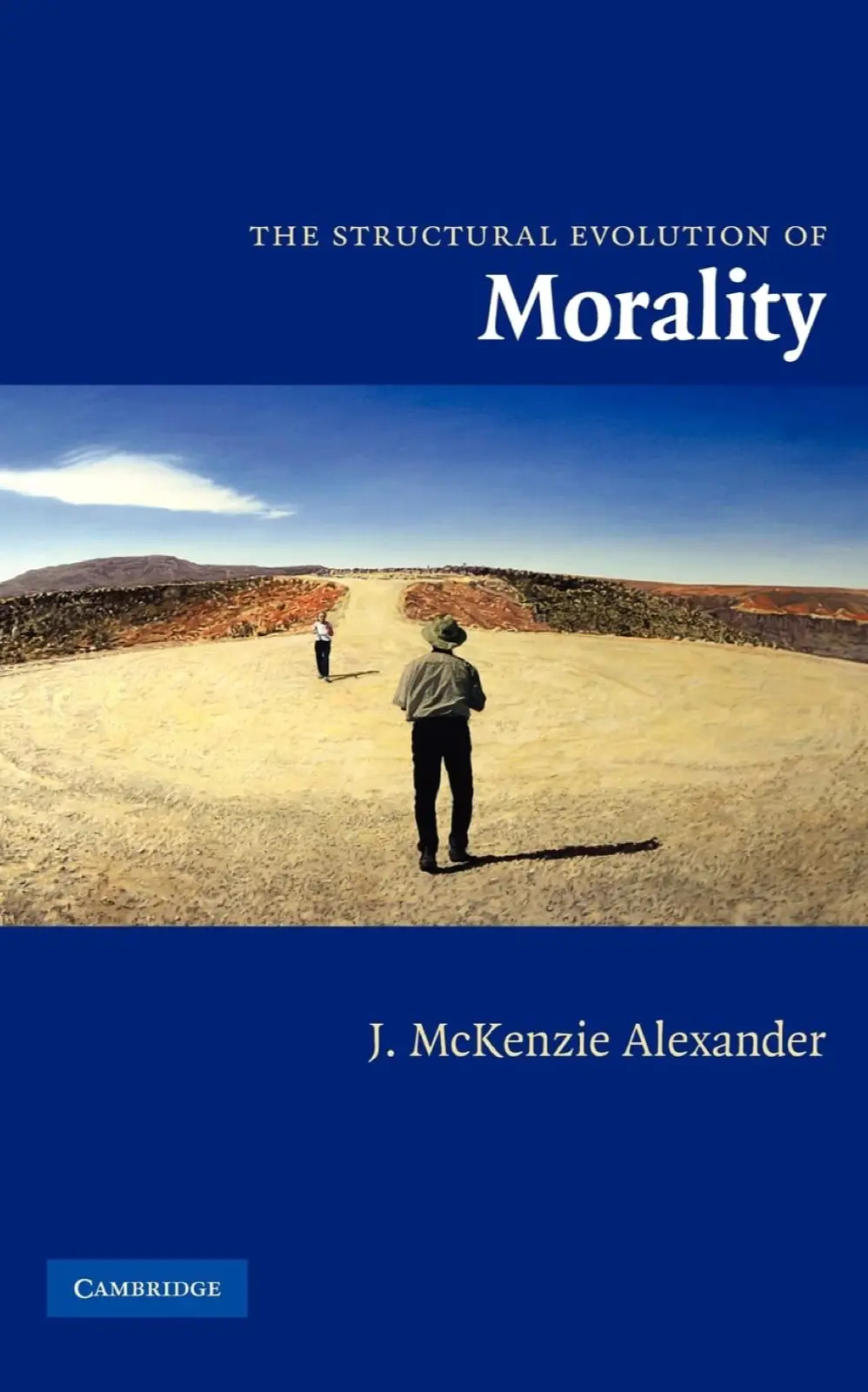
The Structural Evolution of Morality. Cambridge University Press (2007).
Description: It is certainly the case that morality governs the interactions that take place between individuals. But what if morality exists because of these interactions? This book argues for the claim that much of the behaviour we view as ‘moral’ exists because acting in that way benefits each of us to the greatest extent possible, given the socially structured nature of society. Drawing upon aspects of evolutionary game theory, the theory of bounded rationality, and computational models of social networks, it shows both how moral behaviour can emerge in socially structured environments, and how it can persist even when it is not typically viewed as ‘rational’ from a traditional economic perspective. This book also provides a theory of how moral principles and the moral sentiments play an indispensable role in effective choice, acting as ‘fast and frugal heuristics’ in social decision contexts.
Stanford Encyclopedia of Philosophy
- “Evolutionary Game Theory,” edited by Edward N. Zalta, first published 14 January 2002, last substantial revision 24 April 2021.
Book Chapters
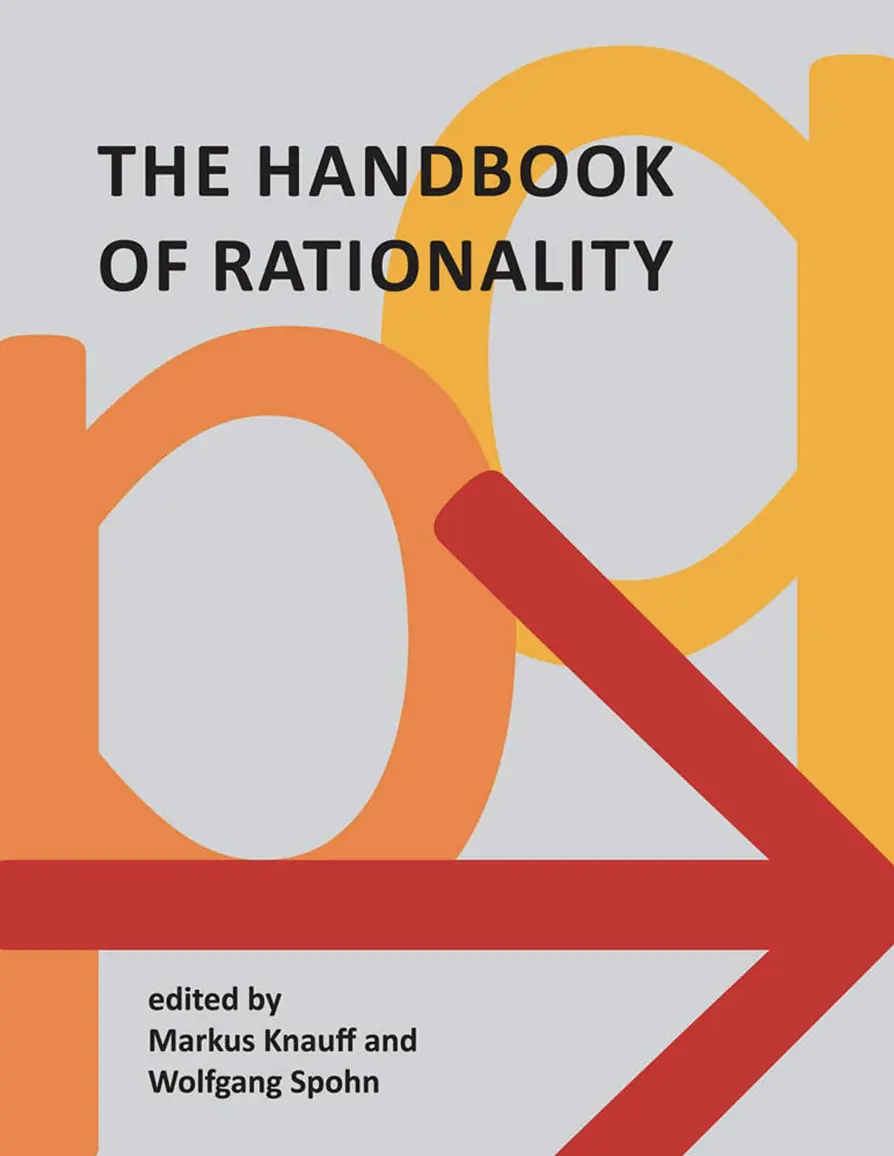
“Evolutionary Game Theory,” in The Handbook of Rationality, edited by Markus Knauff and Wolfgang Spohn, The MIT Press (December 2021).
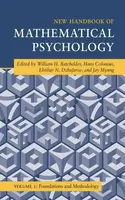
“Evolutionary Game Theory,” in The New Handbook of Mathematical Psychology, Volume 1: Measurement and Methodology, edited by William Batchelder, Hans Colonius, Ehtibar Dzhafarov and Jay Myung, ch. 6, pp. 322-373, Cambridge University Press (December 2016).
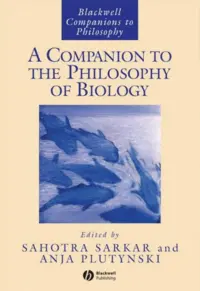
“Co-operation,” in A Companion to the Philosophy of Biology. Eds. Sahotra Sarkar and Anya Plutynski. Blackwell Publishers (March 2008).
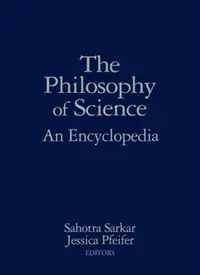
“Game Theory,” in The Philosophy of Science: An Encyclopedia, vol. 1. Ed. Sahotra Sarkar. Routledge Press (2005): 323–329.
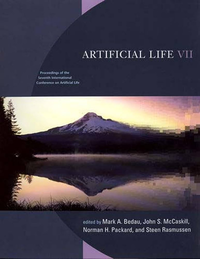
“Artificial Justice,” in Artificial Life VIII. Eds. Mark A. Bedau, John S. McCaskill, Norman H. Packard, and Steen Rasmussen. MIT Press (2000): 513–523.
Edited Volumes
- Proceedings of the Philosophy of Science Association Twentieth Biennial Meeting (with Cristina Bicchieri) U of Chicago P, vols. I and II (2007, 2008).
- Proceedings of the Philosophy of Science Association Seventeenth Biennial Meeting (with Jeffrey Barrett) U of Chicago P, (2001, 2002).
Journal Articles
-
“On the Incompleteness of Classical Mechanics,”
The British Journal for the Philosophy of Science,
forthcoming (accepted May 2024).
Abstract
Classical mechanics is often considered to be a quintessential example of a deterministic theory. I present a simple proof, using a construction mathematically analogous to that of the Pasadena game (Nover and Hájek [2004]), to show that classical mechanics is incomplete: there are uncountably many arrangements of objects in an infinite Newtonian space such that, although the system’s initial condition is fully known, it is impossible to calculate the system’s future trajectory because the total force exerted upon some objects is mathematically undefined. It is then shown how variations of this discrete system can be obtained which increasingly approximate a uniform mass distribution, similar to that underlying a related result, due to von Seeliger ([1895]). It is then argued that this incompleteness result, as well as that presented by the Pasadena game, has no real philosophical significance as it is a mathematical pseudoproblem shared by all models which attempt to aggregate infinitely many numerical values of a certain kind. -
“A Model of the Dynamics of Subgroup Influence on Boards,”
(co-authored with Julia Morley), Academy of Management Proceedings,
vol. 2022, issue 1 (2022).
Abstract
Before making a decision, it is common for groups to deliberate. It is often thought that deliberation improves the resulting group decision by pooling individual information, enabling group members to participate, and ensuring all views are expressed and taken into consideration. However, recent work on group decision-making in organisations has highlighted potential negative effects of deliberation which result from compositional issues (e.g., “faultlines”). In this paper, we identify another means by which group deliberation can go awry, showing how the dynamics of deliberation itself can allow small subgroups to wield undue influence on the final decision, a phenomenon we label “deliberational capture”. Deliberational capture occurs when the process of group deliberation enables a subgroup to repeatedly trigger individual cognitive biases as a result of the deliberational style of subgroup members rather than the propositional content of their arguments. This result matters because it is frequently assumed that controlling for group composition and basic procedural matters, such as access to information, suffice for effective group decision-making. In contrast, we argue that the phenomenon of deliberational capture shows that the dynamics of deliberation deserve greater attention. -
"Accounting for Groups: The Dynamics of Intragroup Deliberation,"
(co-authored with Julia Morley), Synthese, vol. 199,
no 3-4, pp. 7957-7980 (2021).
Abstract
In a highly influential work, List and Pettit (2011) draw upon the theory of judgement aggregation to offer an argument for the existence of nonreductive group agents; they also suggest that nonreductive group agency is a widespread phenomenon. In this paper, we argue for the following two claims. First, that the axioms they consider cannot naturally be interpreted as either descriptive characterisations or normative constraints upon group judgements, in general. This makes it unclear how the List and Pettit argument is to apply to real world group behaviour. Second, by examining empirical data about how group judgements are made by a powerful international regulatory board, we show how each of the List and Pettit axioms can be violated in ways which are straightforwardly explicable at the level of the individual. This suggests that group agency may best be understood as a pluralistic phenomenon, where close inspection of the dynamics of intragroup deliberation can reveal that what prima facie appears to be a nonreductive group agent is, in fact, reducible. -
"Cheap Talk, Reinforcement Learning and the Emergence of Cooperation,"
Philosophy of Science, vol. 82, no. 5, pp. 969–982 (December 2015).
Abstract
Cheap talk has often been thought incapable of supporting the emergence of cooperation because costless signals, easily faked, are unlikely to be reliable (Zahavi and Zahavi, 1997). I show how, in a social network model of cheap talk with reinforcement learning, cheap talk does enable the emergence of cooperation, provided that individuals also temporally discount the past. This establishes one mechanism that suffices for moving a population of initially uncooperative individuals to a state of mutually beneficial cooperation even in the absence of formal institutions. -
"Epistemic landscapes, Optimal Search and the Division of Cognitive Labor,"
(co-authored with Johannes Himmelreich and Chris Thompson),
Philosophy of Science, vol. 82, no. 3, pp. 424–453 (July 2015).
Abstract
This article examines two questions about scientists’ search for knowledge. First, which search strategies generate discoveries effectively? Second, is it advantageous to diversify search strategies? We argue pace Weisberg and Muldoon, “Epistemic Landscapes and the Division of Cognitive Labor”, that, on the first question, a search strategy that deliberately seeks novel research approaches need not be optimal. On the second question, we argue they have not shown epistemic reasons exist for the division of cognitive labor, identifying the errors that led to their conclusions. Furthermore, we generalize the epistemic landscape model, showing that one should be skeptical about the benefits of social learning in epistemically complex environments. -
“Learning to Signal in a Dynamic World,”
The British Journal for the Philosophy of Science, vol. 65, pp. 797–820 (2014).
Abstract
Sender-receiver games, first introduced by David Lewis in Convention, have received increased attention in recent years as a formal model for the emergence of communication. Skyrms (2010) showed that simple models of reinforcement learning often succeed in forming efficient, albeit not necessarily minimal, signalling systems for a large family of games. Later, Skyrms et al. (2011) showed that reinforcement learning, combined with forgetting, frequently produced both efficient and minimal signalling systems. In this paper I define a dynamic sender-receiver game in which the state-action pairs are not held constant over time, and show that neither of these two models of learning learn to signal in this environment. However, a model of reinforcement learning with discounting of the past does learn to signal; it also gives rise to the phenomenon of linguistic drift. -
“Preferential Attachment and the Search for Successful Theories,”
Philosophy of Science, vol. 80, pp. 769–782 (December 2013).
Abstract
Multiarm bandit problems have been used to model the selection of competing scientific theories by boundedly rational agents. In this paper, I define a variable-arm bandit problem, which allows the set of scientific theories to vary over time. I show that Roth-Erev reinforcement learning, which solves multiarm bandit problems in the limit, cannot solve this problem in a reasonable time. However, social learning via preferential attachment combined with individual reinforcement learning which discounts the past, does. -
“On the Redress of Grievances,”
Analysis, vol. 73, no. 2, pp. 228–230 (April 2013).
Abstract
Consider the problem of allocating a scarce resource to people. A fair decision procedure is one where each person has an equal chance of receiving the resource. An unfair decision procedure is one where the chances vary. For simplicity, let's restrict attention to the case where there are only two people involved. Call the person with the higher probability of receiving the resource the favoured and the person with the lower chance of receiving the resource the aggrieved. Normally we think that, in an unfair decision procedure, that the correct way to redress the injustice is by rerunning the allocation using a fair decision procedure. In this paper, I show that this actually creates an overall bias for the aggrieved. And solutions to this problem are counterintuitive, in that they typically involve introducing additional unfair elements into the situation. So, in this case, two wrongs do make a right. -
“Why the Angels Cannot Choose,”
The Australasian Journal of Philosophy, vol. 90, no. 4, pp. 619–640 (December 2012).
Abstract
Decision theory faces a number of problematic gambles which challenge it to say what value an ideal rational agent should assign to the gamble, and why. Yet little attention has been devoted to the question of what an ideal rational agent is, and in what sense decision theory may be said to apply to one. I show that, given one arguably natural set of constraints on the preferences of an idealised rational agent, such an agent is forced to be indifferent among entire families of goods, and hence cannot choose among them. This result illustrates the dangers of speaking of the choices of an “ideal rational agent” when one does not make precise the exact nature of the idealising assumptions. It may also be viewed as providing an upper bound on the kinds of idealising assumptions which can be made for rational agents, beyond which the very concept of choice becomes less applicable.Keywords: Decision theory · game theory · choice
-
“Decision Theory meets the Witch of Agnesi,”
The Journal of Philosophy, vol. CIX, no. 12, pp. 712–727 (December 2012).
Abstract
Decision theory offers the following rule for how rational agents ought to choose: take whatever action serves to maximise your expected utility. Although it is generally recognised that choice under uncertainty may generate cases where the agent cannot maximise her expected utility, it is typically thought that rational agents can maximise their expected utility if they have full knowledge of the outcomes and full knowledge of the probability distribution over outcomes. In this paper I construct a gamble which satisfies these last two conditions but, nevertheless, a rational agent cannot assign a value to the gamble (even though it is clearly in the interest of the rational agent to participate) because no expected value exists. This gamble differs from the St. Petersburg paradox in that it involves both positive and negative payoffs, and it differs from the Pasadena game in that the method of weak expectations does not work.Keywords: Decision theory · weak expectations · Cauchy distribution
-
“Inventing New Signals,”
(co-authored with Brian Skyrms and Sandy Zabell),
Dynamic Games and Applications, vol. 2, issue 1, pp. 125–145 (March 2012).
[An online version of the simulation discussed in that paper
is available.]
Abstract
A model for inventing new signals is introduced in the context of sender–receiver games with reinforcement learning. If the invention parameter is set to zero, it reduces to basic Roth–Erev learning applied to acts rather than strategies, as in Argiento et al. (Stoch. Process. Appl. 119:373–390, 2009). If every act is uniformly reinforced in every state it reduces to the Chinese Restaurant Process—also known as the Hoppe-Pólya urn—applied to each act. The dynamics can move players from one signaling game to another during the learning process. Invention helps agents avoid pooling and partial pooling equilibria.Keywords: Signals · Invention · Reinforcement · Chinese Restaurant Process · Hoppe–Pólya urn
-
“Expectations and Choiceworthiness,”
Mind, vol. 120, no. 479, pp. 803–817 (2011).
Abstract
The Pasadena game is an example of a decision problem which lacks an expected value, as traditionally conceived. Easwaran (2008) has shown that, if we distinguish between two different kinds of expectations, which he calls ‘strong’ and ‘weak’, the Pasadena game lacks a strong expectation but has a weak expectation. Furthermore, he argues that we should use the weak expectation as providing a measure of the value of an individual play of the Pasadena game. By considering a modified version of the Pasadena game, I argue that weak expectations may provide a very poor measure of the value of an individual play of the game, and hence should not be used to value individual plays unless further information is taken into consideration.Keywords: Pasadena game · weak expectations
-
“Local Interactions and the Dynamics of Rational Deliberation,”
Philosophical Studies, vol. 147, pp. 102–121 (2010).
Abstract
Whereas The Stag Hunt and the Evolution of Social Structure supplements Evolution of the Social Contract by revisiting some of the earlier work's strategic problems in a local interaction setting, no equivalent supplement exists for The Dynamics of Rational Deliberation. In this article, I develop a general framework for modeling the dynamics of rational deliberation in a local interaction setting. In doing so, I show that when local interactions are permitted, three interesting phenomena occur: (a) the attracting deliberative equilibria may fail to agree with any of the Nash equilibria of the underlying game, (b) deliberative dynamics which converged to the same deliberative outcome in The Dynamics of Rational Deliberation may lead to very different deliberative outcomes, and (c) Bayesian deliberation seems to be more likely to avoid nonstandard deliberative outcomes, contrary to the result reported in The Dynamics of Rational Deliberation, which argued in favour of the Brown-von Neumann-Nash dynamics.Keywords: Evolution · Rationality · Bayesianism · Brown-von Neumann-Nash dynamics · Social Network
- “Robustness, Optimality, and the Handicap Principle,” Biology and Philosophy, vol. 25, pp. 868–879 (2010).
-
“Social Deliberation: Nash, Bayes, and the Partial Vindication of Gabriele Tarde,”
Episteme, 6(2): 164–184 (2009).
Abstract
At the very end of the 19th century, Gabriele Tarde wrote that all society was a product of imitation and innovation. This view regarding the development of society has, to a large extent, fallen out of favour, and especially so in those areas where the rational actor model looms large. I argue that this is unfortunate, as models of imitative learning, in some cases, agree better with what people actually do than more sophisticated models of learning. In this paper, I contrast the behaviour of imitative learning with two more sophisticated learning rules (one based on Bayesian updating, the other based on the Nash-Brown-von Neumann dynamics) in the context of social deliberation problems. I show for two social deliberation problems, the Centipede game and a simple Lewis sender-receiver game, that imitative learning provides better agreement with what people actually do, thus partially vindicating Tarde.Keywords: Gabriele Tarde · Evolutionary game theory · Centipede game · Nash-Brown-von Neumann dynamics
- “Book Review: The Stag Hunt and the Evolution of Social Structure.” Economics and Philosophy, 22 (2006): 441–448.
-
“The Evolutionary Foundations of Human Altruism,”
Analyse & Kritik, vol. 27, pp. 106–113 (2005).
Abstract
Strong reciprocators possess two behavioural dispositions: they are willing to bestow benefits on those who have bestowed benefits, and they are willing to punish those who fail to bestow benefits according to some social norm. There is no doubt that people’s behaviour, in many cases, agrees with what we would expect if people are strong reciprocators, and Fehr and Henrich (2003) argue that many people are, in fact, strong reciprocators. They also suggest that strongly reciprocal behaviour may be brought about by specialised cognitive architecture produced by evolution. I argue that specialised cognitive architecture can play a role in the production of strongly reciprocal behaviour only in a very attenuated sense, and that the evolutionary foundations of strong reciprocity are more likely cultural than biological.Keywords: Strong reciprocity · Cultural evolution
-
“Follow the Leader: Local Interactions with Influence Neighborhoods,”
(co-authored with Peter Vanderschraaf)
Philosophy of Science, pp. 86–113, (2005).
Abstract
We introduce a dynamic model for evolutionary games played on a network where strategy changes are correlated according to degree of influence between players. Unlike the notion of stochastic stability (Foster and Young, 1990), which assumes mutations are stochastically independent and identically distributed, our framework allows for the possibility that agents correlate their strategies with the strategies of those they trust, or those who have influence over them. We show that the dynamical properties of evolutionary games, where such influence neighborhoods appear, differ dramatically from those where all mutations are stochastically independent, and establish some elementary convergence results relevant for the evolution of social institutions.Keywords: Stag hunt · Influence neighborhood · Cultural evolution
-
“Random Boolean Networks and Evolutionary Games,”
Philosophy of Science, vol. 70, pp. 1289–1304 (2003).
Abstract
Recent years have seen increased interest in the question of whether it is possible to provide an evolutionary game-theoretic explanation for certain kinds of social norms. I sketch a proof of a general representation theorem for a large class of evolutionary game-theoretic models played on a social network, in hope that this will contribute to a greater understanding of the long-term evolutionary dynamics of such models, and hence the evolution of social norms.Keywords: Random boolean networks · Evolutionary game theory
-
“Group Dynamics in the State of Nature,”
Erkenntnis 55.2 (2001): 169–182.
Abstract
One common interpretation of the Hobbesian state of nature views it as a social dilemma, a natural extension of the well-known prisoner’s dilemma to a group context. Kavka (1986) challenges this interpretation, suggesting that the appropriate way to view the state of nature is as a quasi social dilemma. I argue that Hobbes’s remarks on the rationality of keeping covenants in the state of nature indicate that the quasi social dilemma does not accurately represent the state of nature. One possible solution, I suggest, views the state of nature as a social dilemma between groups rather than individuals. Although this cleanly represents the strategic problem faced in the state of nature, it also means we should take intergroup dynamics into account when putting forth a solution. I argue that Hobbes’s solution of commonwealth by institution – the favored solution for Hobbesian social contract theories – will not work in the state of nature viewed this way.Keywords: State of nature · Social identity theory · in/out group
-
“Evolutionary Explanations of Distributive Justice,”
Philosophy of Science, vol. 67, pp. 490–516, (2000).
Abstract
Evolutionary game theoretic accounts of justice attempt to explain our willingness to follow certain principles of justice by appealing to robustness properties possessed by those principles. Skyrms (1996) offers one sketch of how such an account might go for divide-the-dollar, the simplest version of the Nash bargaining game, using the replicator dynamics of Taylor and Jonker (1978). In a recent article, D’Arms et al (1998) criticize his account and describe a model which, they allege, undermines his theory. I sketch a theory of evolutionary explanations of justice which avoids their methodological criticisms, and develop a spatial model of divide-the-dollar with more robust convergence properties than the models of Skyrms (1996) and D’Arms et al. (1998).Keywords: Local interaction model · Nash bargaining game · Evolution
-
“Ruling Out (160,54,18) Difference Sets in Some Nonabelian Groups,”
(co-authored with Rajalakshmi Balasubramanian, Jeremy Martin, Kimberley Monahan,
Harriet Pollatsek and Ashna Sen)
Journal of Combinatorial Designs vol. 8, no. 4, pp. 221–231, (2000).
Abstract
We prove the following theorems:Theorem A: Let G be a group of order 160 satisfying one of the following conditions. (1) G has an image isomorphic to D20 × Z2 (for example, if G ≅ D20 × K). (2) G has a normal 5-Sylow subgroup and an elementary abelian 2-Sylow subgroup. (3) G has an abelian image of exponent 2, 4, 5, or 10 and order greater than 20. Then G cannot contain a (160, 54, 18) difference set.
Theorem B: Suppose G is a nonabelian group with 2-Sylow subgroup S and 5-Sylow subgroup T and contains a (160, 54, 18) difference set. Then we have one of three possibilities. (1) T is normal, |φ(S)| = 8, and one of the following is true: (a) G = S × T and S is nonabelian; (b) G has a D10 image; or (c) G has a Frobenius image of order 20. (2) G has a Frobenius image of order 80. (3) G is of index 6 in AΓL(1,16).
To prove the first case of Theorem A, we find the possible distribution of a putative difference set with the stipulated parameters among the cosets of a normal subgroup using irreducible representations of the quotient; we show that no such distribution is possible. The other two cases are due to others. In the second (due to Pott) irreducible representations of the elementary abelian quotient of order 32 give a contradiction. In the third (due to an anonymous referee), the contradiction derives from a theorem of Lander together with Dillon’s “dihedral trick.” Theorem B summarizes the open nonabelian cases based on this work.
Keywords: Difference set · finite group · Symmetric design
-
“Bargaining with Neighbors: Is Justice Contagious?”
(co-authored with Brian Skyrms) Journal of Philosophy 96.11 (1999): 588–598.
Reprinted in The Philosophy of Social Science Reader, Daniel Steel and Francesco Guala eds., Routledge, Taylor & Francis Group: New York (2011).
Conference Proceedings
- “Evolution, Morality and the Theory of Rational Choice,” Lebenswelt un Wissenschaft: Kolloquienbeiträge und öffentliche Vorträge des XXI. Deutschen Kongresses für Philosophie. Hamburg: Meiner 2010 (Deutsches Jahrbuch Philosophie, Bd. 3).
- “Co-Evolutionary Dynamics on a Deformable Landscape,” (with Marc Ebner and Richard Watson) Proceedings of the 2000 Congress on Evolutionary Computation, vol. 2 (2000): 1284-1291.
Other Works
- “Behaviorism and Altruistic Acts,” Behavioral and Brain Sciences, 25.2 (2002): 252.
Technical Reports
- “The (Spatial) Evolution of the Equal Split,” Technical Report MBS 99–07, Institute for Mathematical Behavioral Sciences, University of California-Irvine, 1999.
